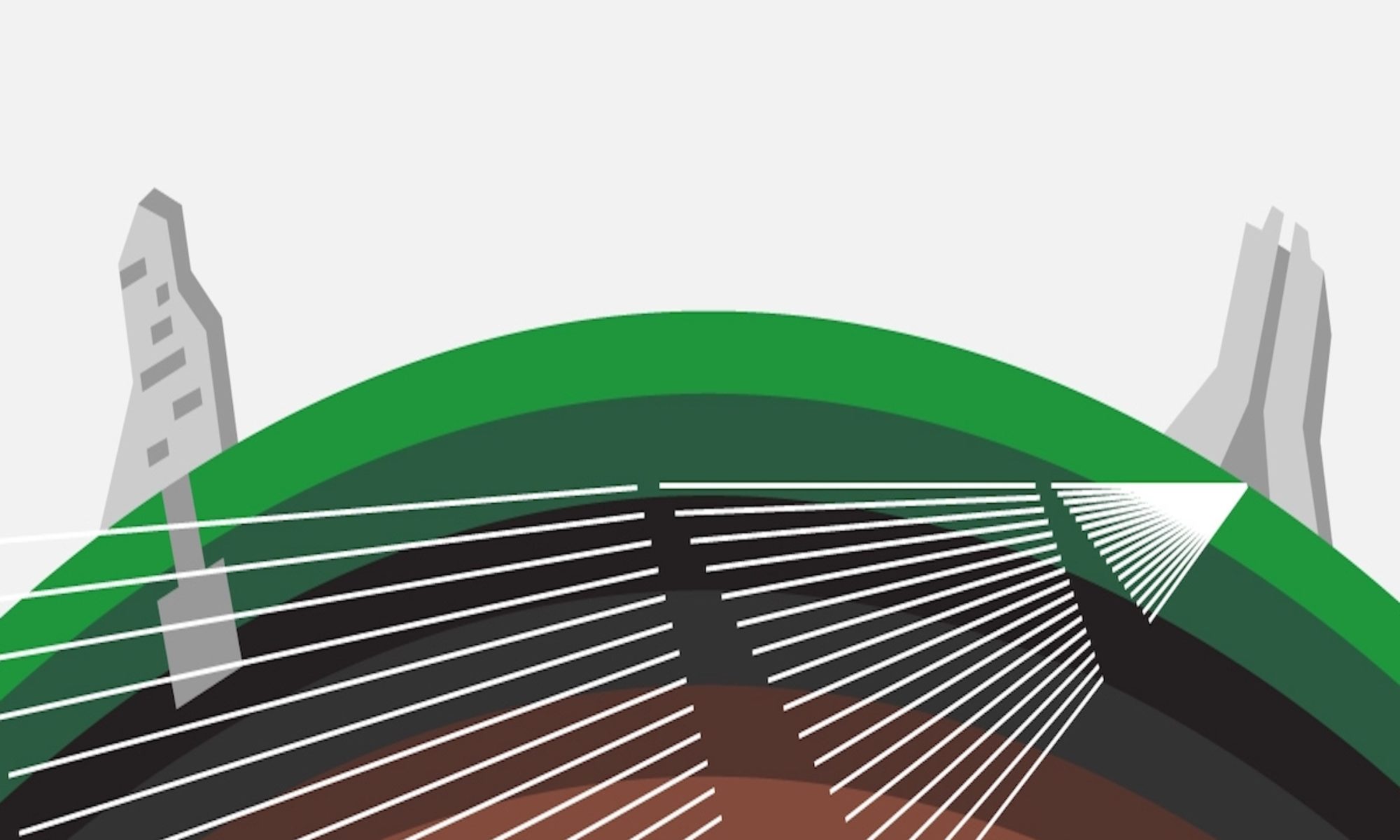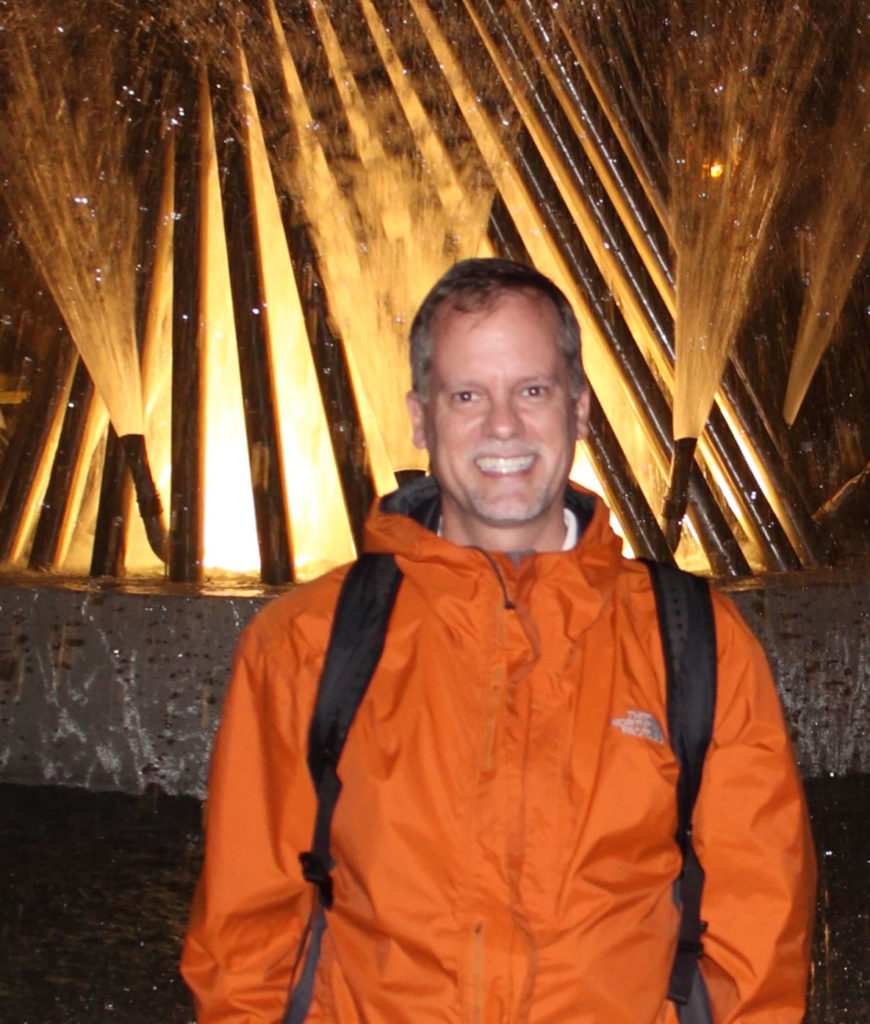
Steve is Professor of Physics and the current chair of the Department of Physics and Astronomy. His main focus is the near detector for the DUNE long baseline neutrino oscillation experiment. He is co-editor of the DUNE near detector conceptual and technical design reports. He is also works on the T2K experiment and its detector upgrade, and works with students on analysis of MINERvA. Steve enjoys photography, cooking, and billiards. He is the author of two books for popular audiences, “Relativity and Quantum Mechanics for Beginners” and “Visions of the Multiverse”.
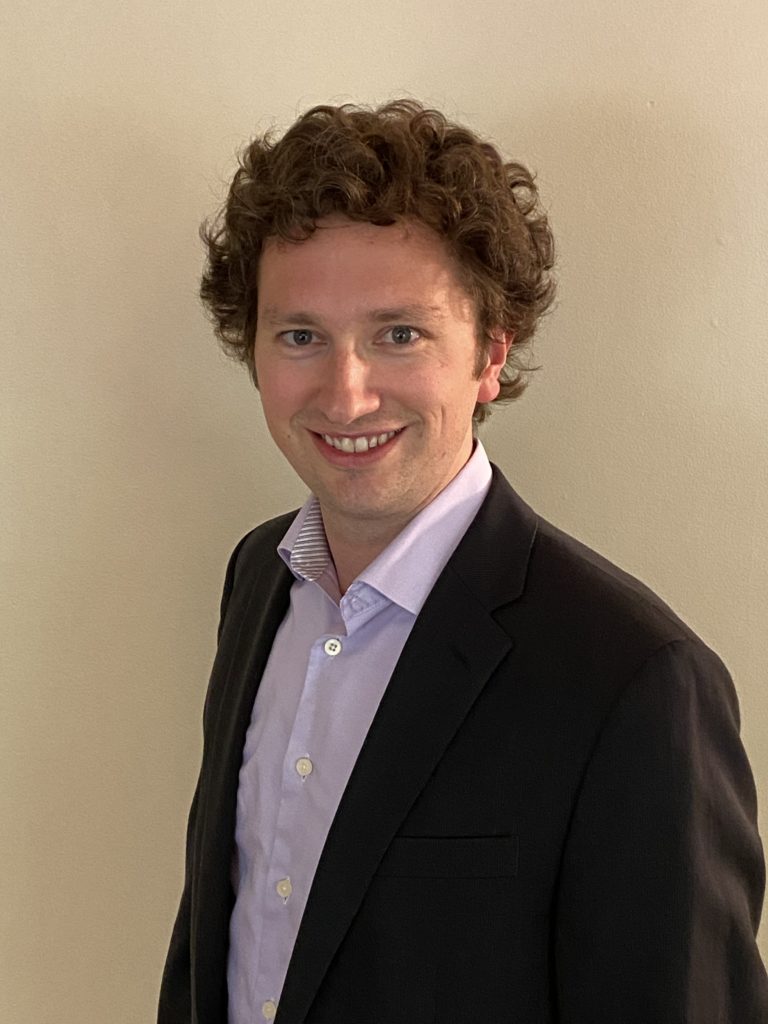
Chris Marshall is an Assistant Professor in Physics. He works on the DUNE experiment, where he co-convenes the long-baseline neutrino oscillation working group, and serves as Level 3 manager of the near detector project. He enjoys running and cooking; his cooking is improving every day, his running not so much.
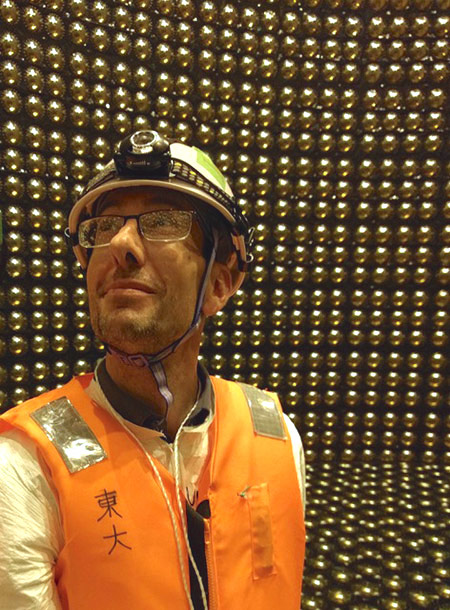
Kevin McFarland is the Steven Chu Professor in Physics. He was one of the founding co-spokespersons of the MINERvA experiment, and works on the application of neutrino interactions to the T2K oscillation analysis. He also works on trigger and reconstruction for the SBN far detector (ICARUS), and design and prototyping of the DUNE near detectors. He loves exploring the Finger Lakes of Western New York or wherever in the world physics takes him by bicycle.
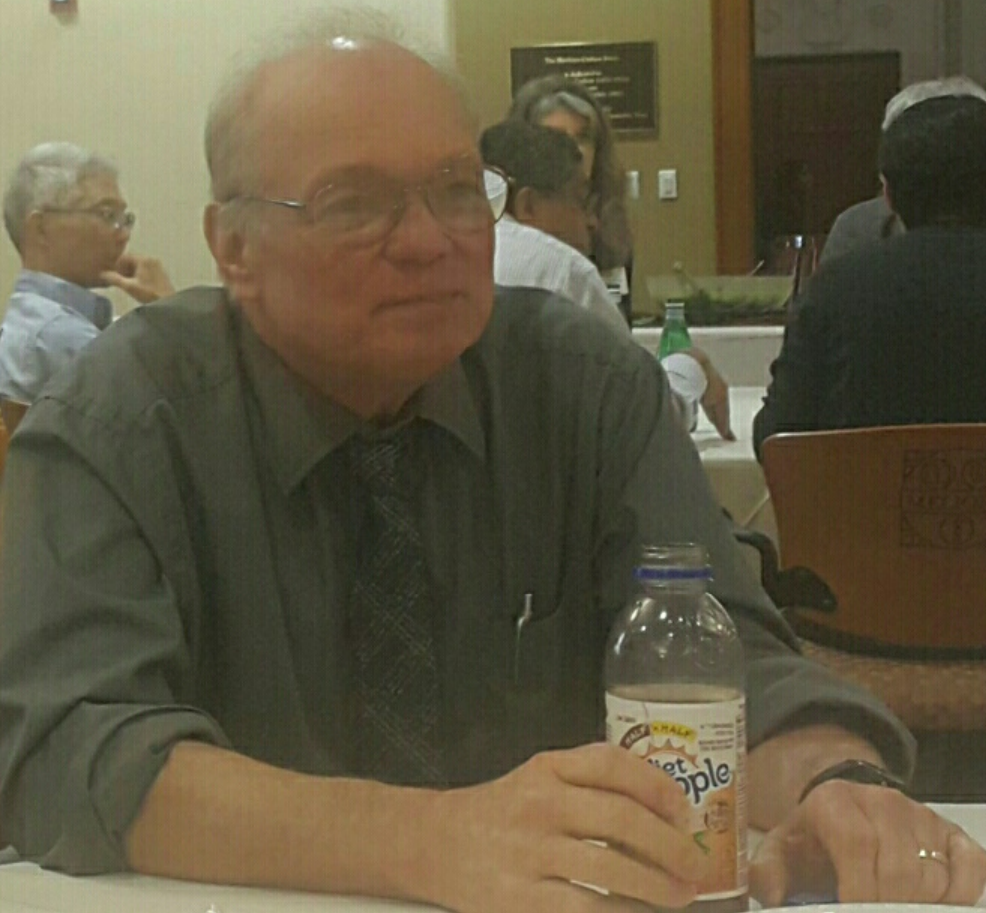
Arie Bodek is the George E. Pake Professor of Physics. He has been working on both precise electroweak measurements at the CDF and CMS experiments at hadron colliders, and on the MINERvA Experiment. In neutrino physics he has also specialized in using electron scattering data to model neutrino interaction. He was awarded the 2004 APS W.KH. Panofsky Prize in Experimental Particle Physics “for his broad, sustained, and insightful contributions to elucidating the structure of the nucleon, using a wide variety of probes, tools, and methods at many laboratories.”
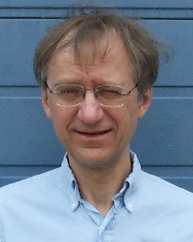
Howard Budd is a Senior Scientist. He is currently the Operations Support Manager for the ICARUS experiment. He is also working on the repurposing of the MINERvA detector into a muon tracking tagger for protoDUNE-ND. He plays classical guitar and has vowed to never again ride his bicycle from his childhood home in State College, Pennsylvania, to Fermilab.
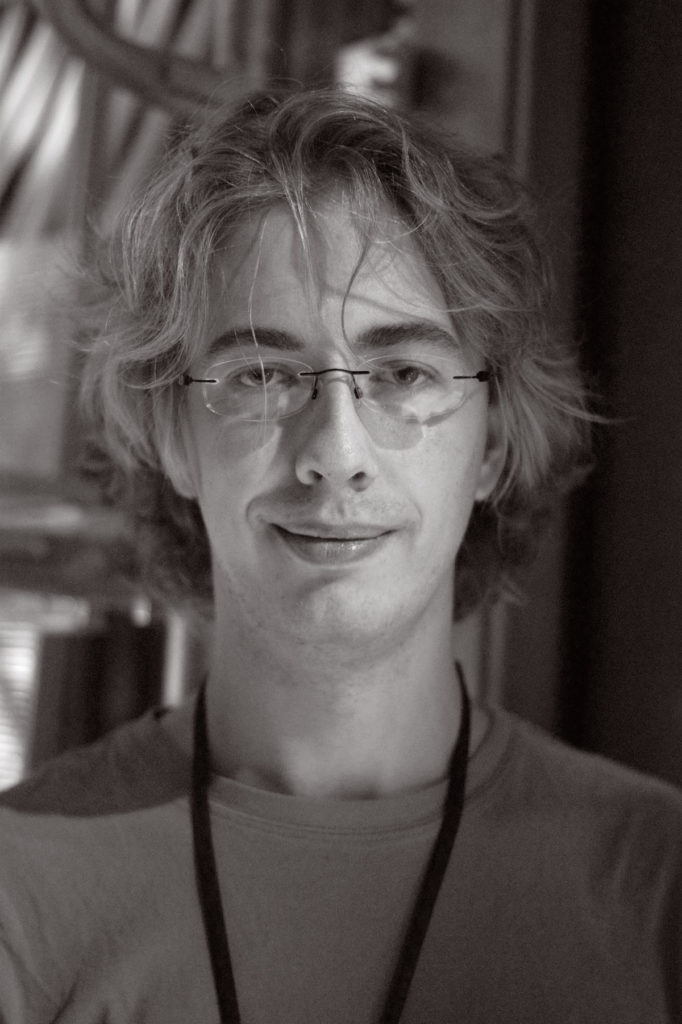
Daniel Ruterbories is a postdoctoral research associate working on the MINERvA and DUNE experiments. He is Analysis Coordinator for the MINERvA experiment in charge of organizing and supporting the experiment’s many measurements to publication. He spends the rest of his research time developing several analyses investigating the nuclear effects of neutrino-nucleus interactions, a key ingredient to current and future neutrino oscillation experiments. He enjoys spending as much time as possible with his three children, encouraging their passions for bugs, dinosaurs, and all things nature.
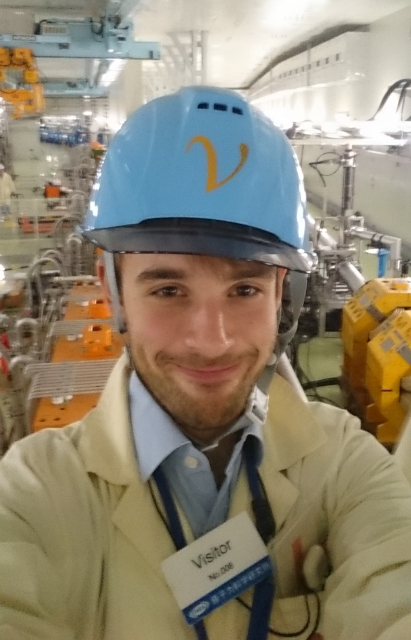
Clarence Wret is a postdoctoral research associate, working on the T2K, DUNE and MINERvA experiments. His day-to-day activities involve developing neutrino oscillation analysis, improving neutrino interaction modelling, and developing detectors for the next generation of long baseline neutrino experiments. He enjoys rock climbing, long distance hikes, and snowboarding.
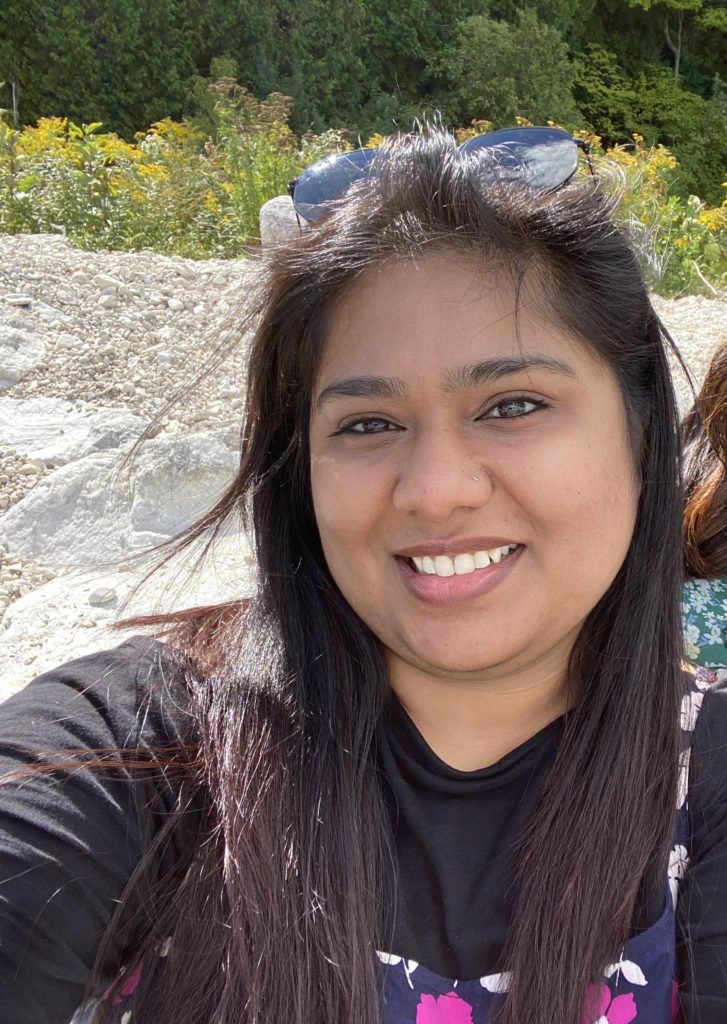
Faiza Akbar is a postdoctoral research associate working on the DUNE and ICARUS experiments. She previously worked on measuring antineutrino deep inelastic scattering in MINERvA. In her spare time, she likes to bake and go for long walks.
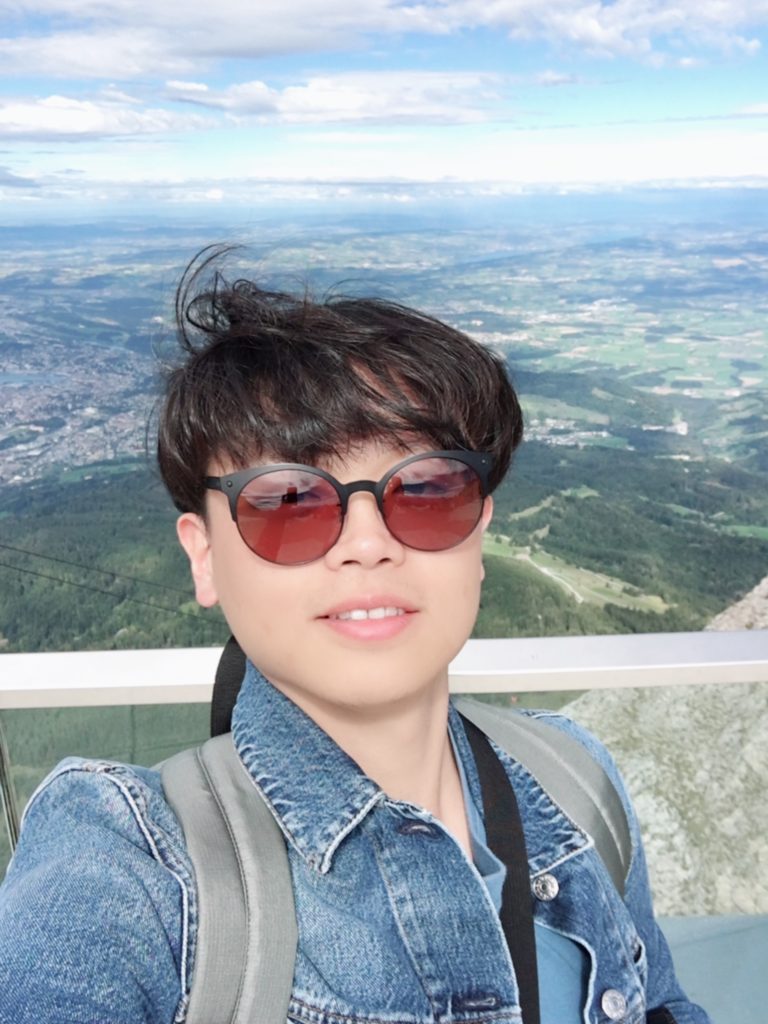
Jaesung Kim is a postdoctoral research associate working on the ICARUS and DUNE experiments. His Ph.D thesis was searching for heavy neutrinos using the CMS detector at the LHC, which can explain the origin of neutrino masses. He extended his interest in neutrino physics by stepping into the accelerator-based neutrino experiments. He recently entered the world of golf, and has been trying his best not to send his golf ball into the water.
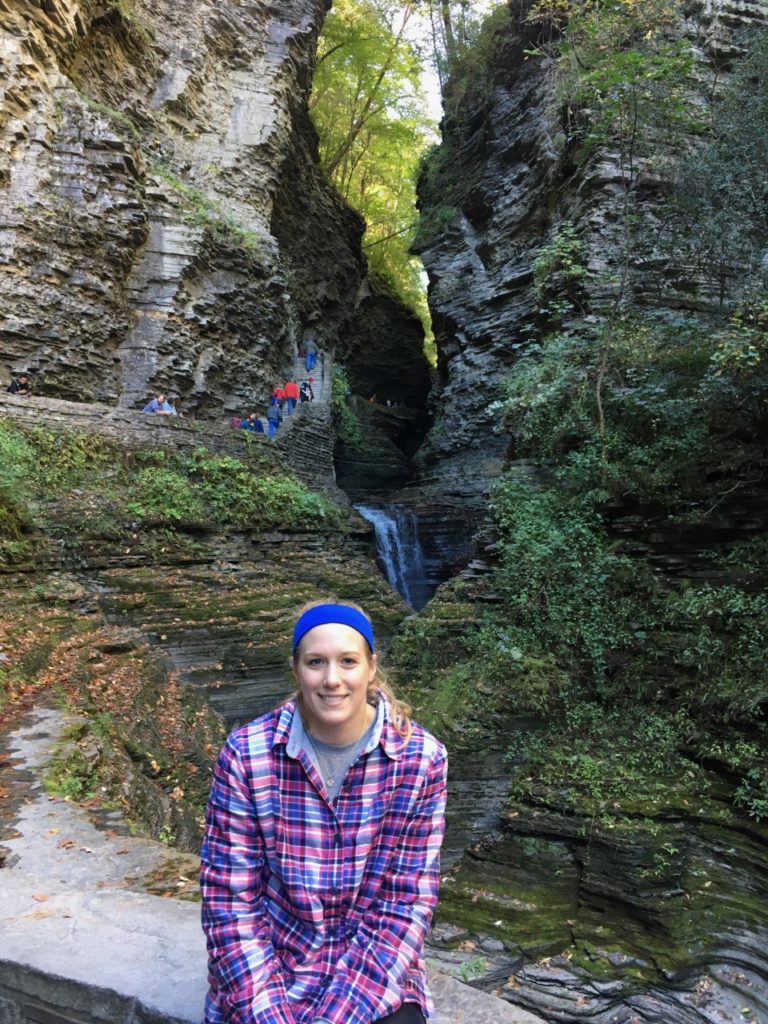
Sarah Henry is a graduate student working on the MINERvA Experiment. Her work is focused on anti-electron neutrino interactions in the tracker region. She was also involved with the installation and commissioning of the cosmic ray tagger for the ProtoDUNE-SP detector. She was awarded a National Science Foundation Graduate Research Fellowship in 2018. In her spare time she enjoys cycling and physics outreach.
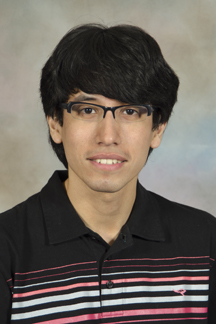
Gonzalo Diaz Bautista is a graduate student working on the MINERvA experiment. He is measuring low momentum transfer suppression of neutral pion production in the iron and lead of MINERvA’s passive nuclear targets. He is from Perú and is passionate about football, but not the American kind.
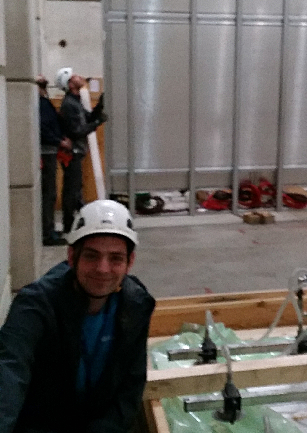
Andrew Olivier is a graduate student working on the MINERvA experiment. He studies MeV-GeV neutrons produced when antineutrinos interact on carbon, iron, and lead. He was awarded an NSF Graduate Research Fellowship for this project concept in 2017. Andrew coordinated MINERvA’s distributed computing infrastructure from July 2019 – November 2020. He also helped build ProtoDUNE-SP’s cosmic ray tagger and assembled its data acquisition system. Andrew enjoys day hikes near Fermilab, rock climbing, and backpacking in the Smoky Mountains.
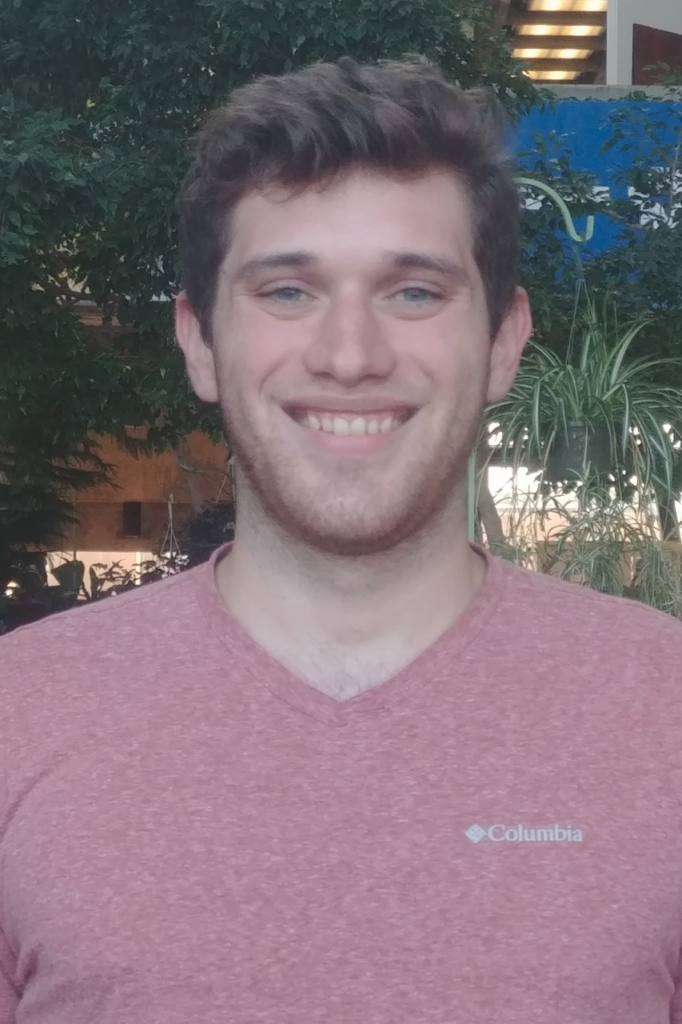
Ryan Howell is a graduate student working on the ICARUS Experiment. His work focuses on electron neutrino cross sections on Argon, and his day-to-day activities involve improving event selection processes and fine-tuning parameters. He was also involved with neutron studies with the fine grain scintillation tracker in the DUNE Near Detector. He enjoys trail running with his dog and doing pub trivia with friends.
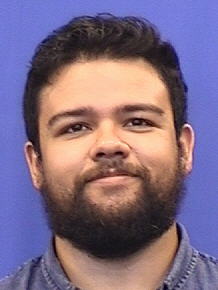
Joel Elias is a graduate student working on the T2K experiment. As an undergraduate student in our group, he worked on comparing quasielastic like events with visible protons to models and constructing “tunings” to better describe the data. He is originally from Arizona and claims at least two sigma evidence that Rochester is colder in the winter.
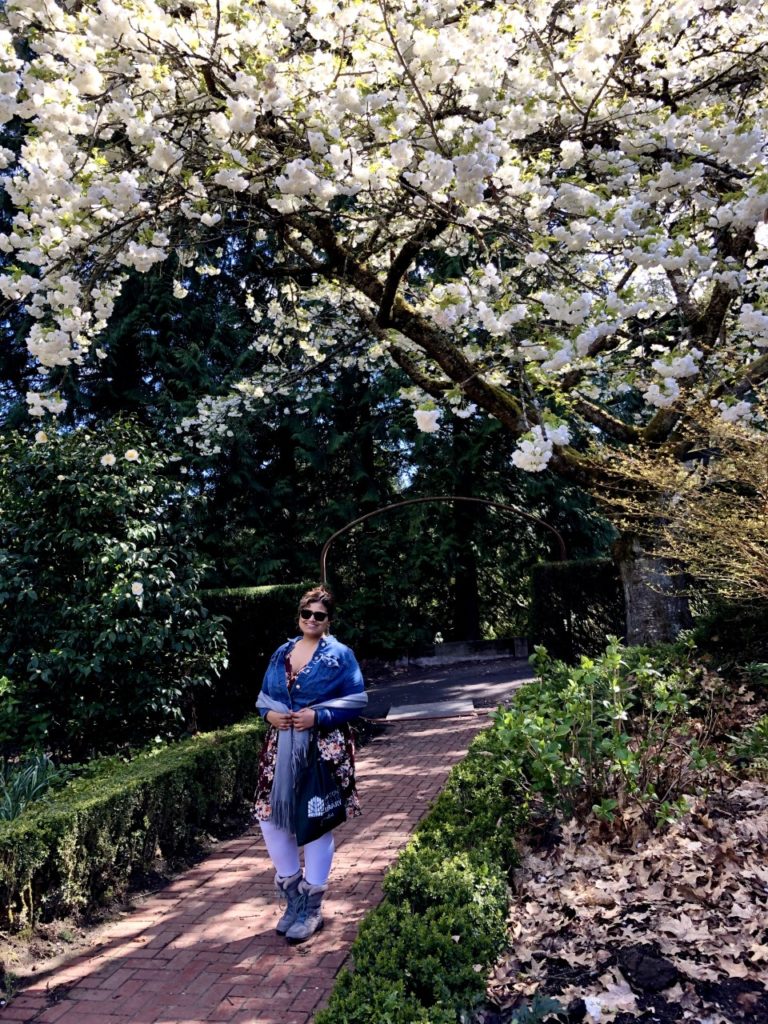
Mehreen Sultana is a graduate student on the MINERvA experiment. She is working on identifying low recoil neutrino interactions that produce pions. In her off time, she enjoys cooking, painting, and fossil/gem hunting on the beach when she can.

Jeanie Wolfs is a graduate student working on the ICARUS and DUNE experiments. She is currently developing an improved neutrino energy estimator for ICARUS. When she isn’t working on her research, Jeanie enjoys swing dancing (during non-pandemic times) and cooking recipes from the newest issue of “Cook’s Country”.

Jack, pictured here with Cookie the goat, is a graduate student working on the ICARUS and DUNE experiments. He is currently investigating the ICARUS detector’s response to monoenergetic neutrino signals originating from kaon decays at rest. In his free time, Jack enjoys playing ultimate frisbee, doing crossword puzzles, and exploring local coffee shops.
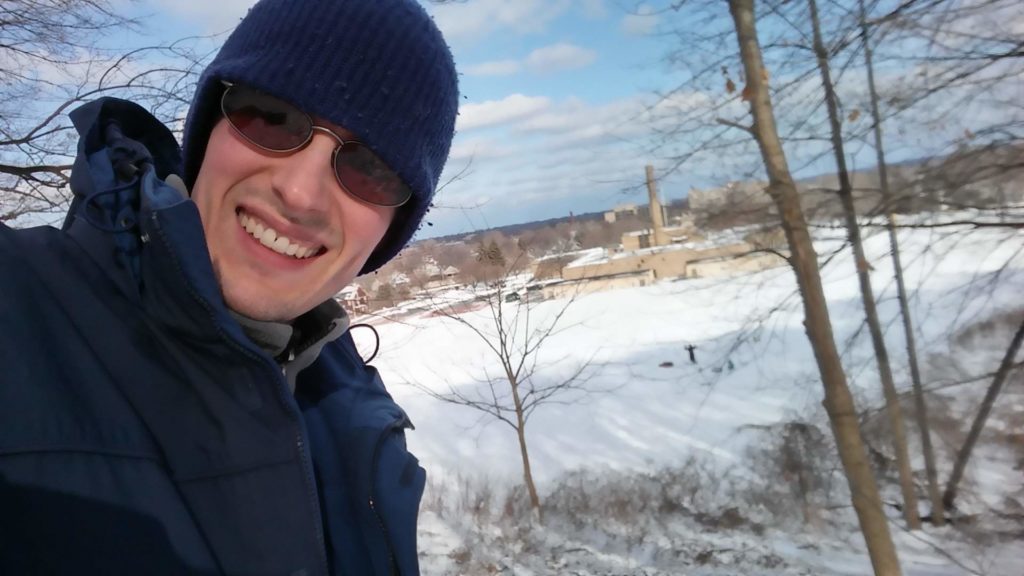
Aaron McGowan is a Visiting Scientist, and a Senior Lecturer at RIT. His current research interests are in proton tracking and neutral-current elastic scattering. Aaron coordinated the effort to map the signal response of the MINERvA modules prior to installation, and developed the pedestal calibration for the detector. He enjoys bicycling (shorter distances than Kevin), running (shorter distances than Chris), and a variety of other outdoor activities with his two children.
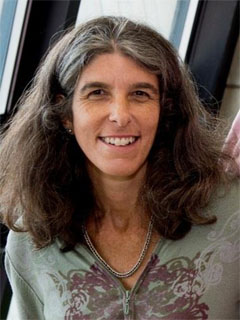
Deborah Harris is a Professor of Physics at York University in Toronto, and is a Visiting Scientist at Rochester. She is currently the scientific co-spokesperson of MINERvA and is the leader of Canada’s DUNE groups. She enjoys playing Mandolin in her spare time and has been known to organize sing-alongs with only the most threadbare of excuses for doing so.
Recent group alumnx
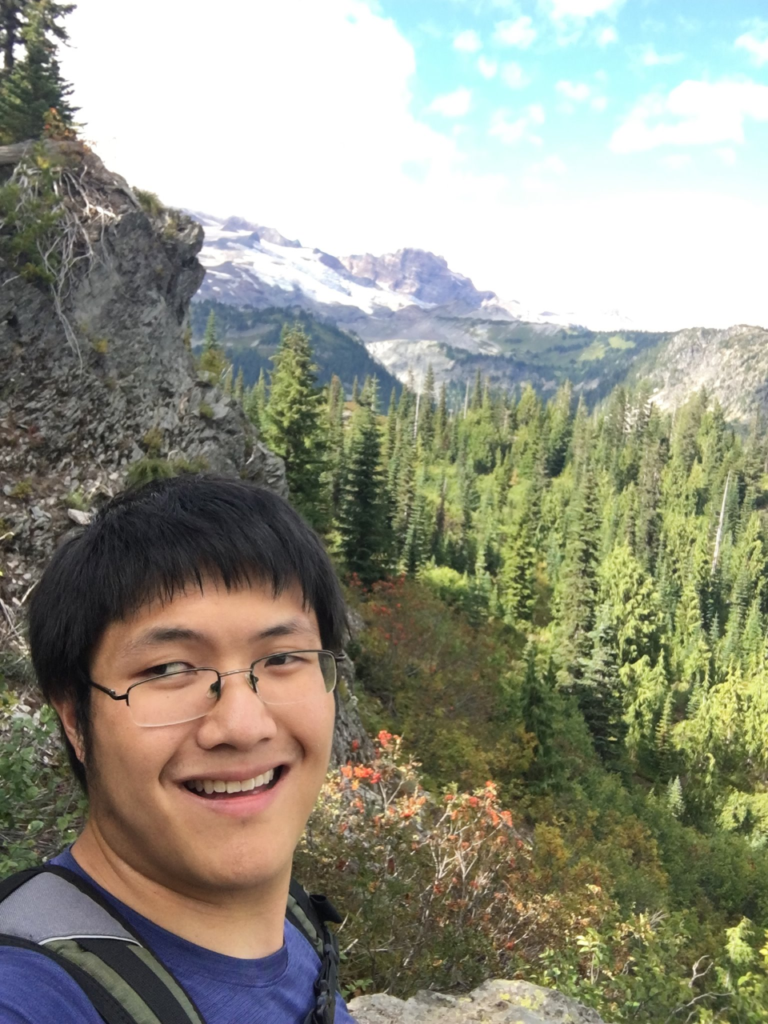
Aaron Bercellie defended his Ph.D. thesis in April 2022. He worked on the MINERvA experiment where his focus was on charged pion production caused by neutrino interactions in the nuclear targets of the detector. Outside of his research he enjoys cooking and doing puzzles.
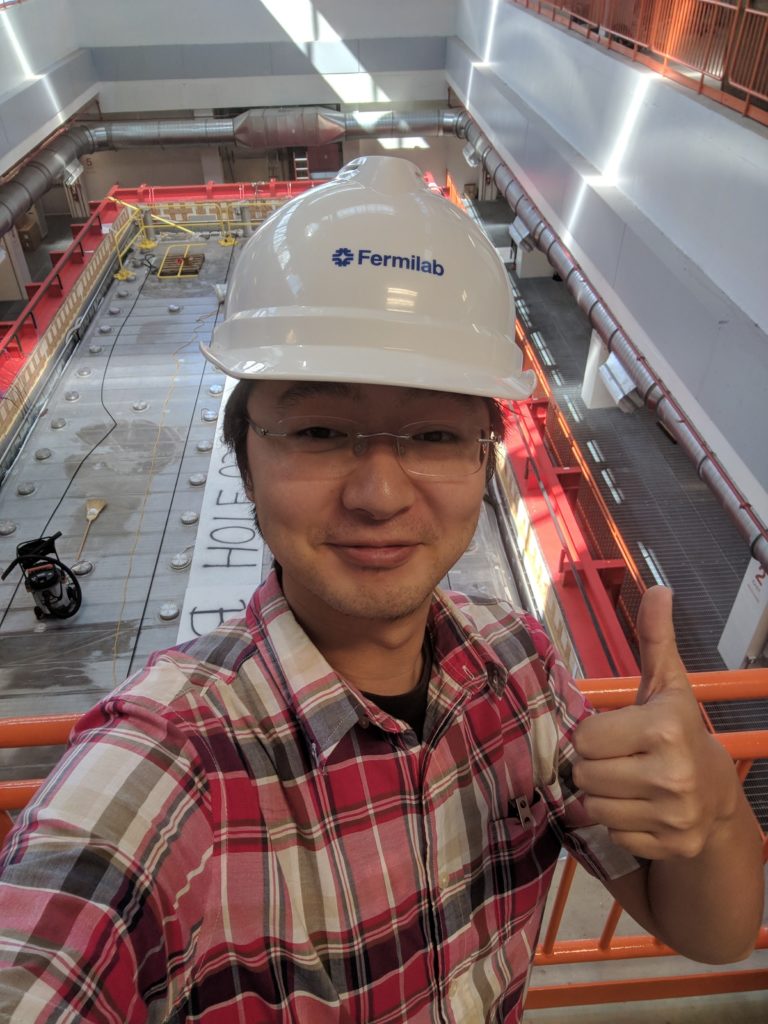
Tejin Cai is a postdoc at the University of York, working on the DUNE experiment. As a Rochester graduate student, he studied neutron production in neutrino interactions in MINERvA. He defended his Ph.D. thesis on June 1, 2021.

Jeffrey Kleykamp is a postdoc at the University of Mississippi working on the NOvA experiment. At Rochester, he worked on measuring charged-current quasi-elastic scattering cross sections on different nuclear targets in MINERvA. He defended his Ph.D. thesis on June 8, 2021.

Dyson Kennedy was University of Rochester undergraduate researcher in our group, working with Dr. McFarland and Jacob Smith to study rare and potentially exotic signals. He enjoys interesting board games and snowboarding. He is currently a Ph.D. candidate in physics at the University of Massachusetts.
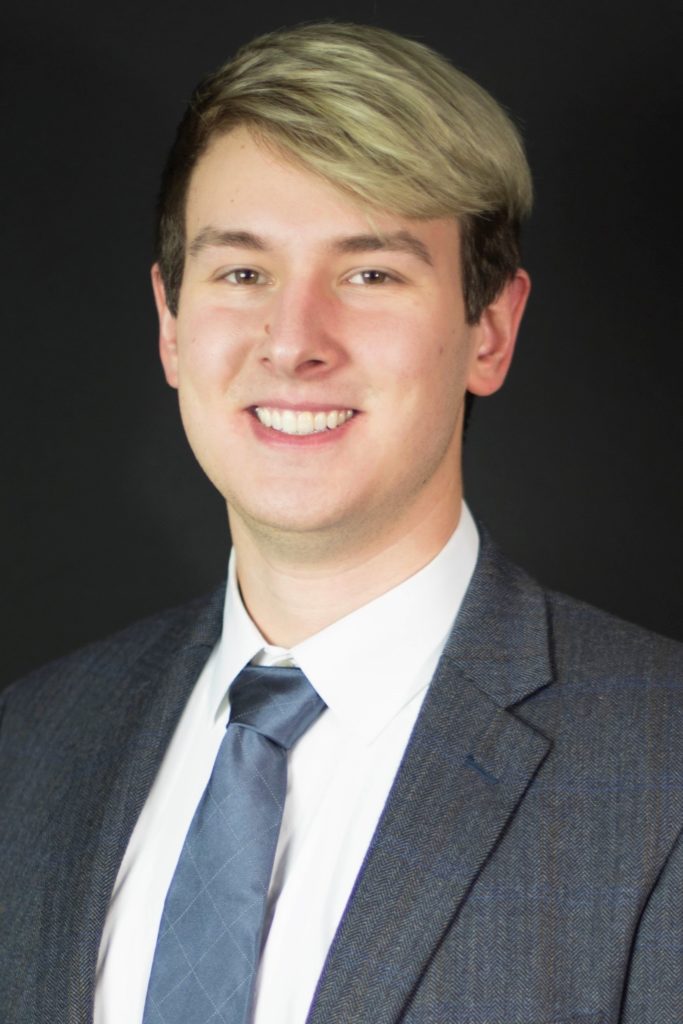
Jacob Smith was a University of Rochester undergraduate researcher working on the MINERvA experiment on a search for milli-charged particles. When he is not researching, Jacob enjoys backpacking on the Appalachian Trail and cooking. He is currently a Ph.D. candidate in physics at Stony Brook University.
